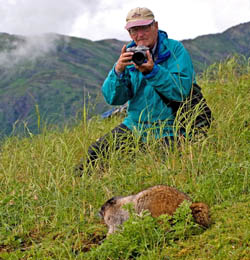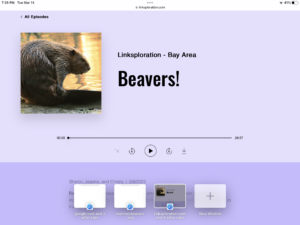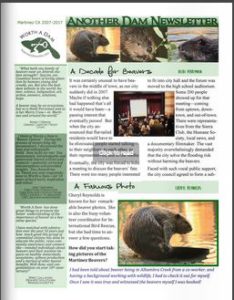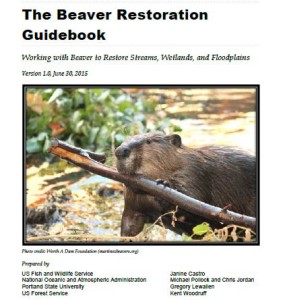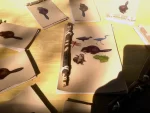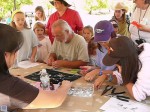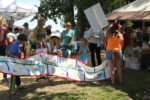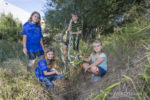Fantastic column today from Karen Corker, the director of WildWatch in Maine. I’m guessing she attended Skip’s lectures last year in the state. Or maybe she even made them happen? Either way this is exactly the kind of writing we want to see everywhere.
Maine Voices: Beaver Deceivers allow people, nature’s engineers to go with the flow
At the end of each summer, Maine’s Department of Inland Fisheries and Wildlife determines the fate of thousands of beavers. August is the month the department sets the trapping season dates for beavers across Maine’s 29 wildlife management districts. Towns and private property owners may request that specific areas be closed to trapping, but the closures represent a tiny fraction of the vast territory that is open to trappers to kill beavers in Maine without limit for five to six months a year.
Approximately 10,000 beavers lose their lives each year as a result of this aggressive, expansive approach to beaver management. The number of other, non-targeted animals killed in traps set for beavers is not generally reported, but the department admits that otters are frequent victims because they share the same wetland habitats.
Now I just have to interject and say how on earth does she know that the number of beavers trapped? I’m guessing she’s citing the numbers that come from the USDA stats for Maine, but is USDA the only folks allowed to do nuisance trapping? In California APHIS is responsible for a very small fraction of beavers killed by depredation permit, which can also be used by private trappers. I assume that’s true for other states as well.
There are two primary justifications for such extensive trapping. The first is that beavers have historically been regarded as “nuisance” animals, largely because of their damming behavior. When beavers clog culverts, the channels that run under roads, it often results in the flooding of roads and other properties.
The second justification derives from the department’s embrace of trapping as a recreational activity and primary wildlife management tool. In 2015, trapping proponents persuaded IF&W’s legislative committee to rewrite Maine statute to require the department to use trapping as a key basis for managing the state’s wildlife.
Another correction based on our reviews of depredation permits, is that the vast majority of depredation permits are sought for damage to landscaping. In fact there’s even a comment to the article that mentions tree damage. There are far more landowners who own trees than culverts I guess. So it’s a more common complaint. In California the deniens of beavers killed as ‘nuisances’ dwarfs the fur trapping numbers. That may be slightly different in Maine, but I doubt it.
A rapid evolution in our understanding of beavers and their value is eroding these justifications. Beavers are a keystone species; they create ecosystems that nourish a multitude other animals and plants. The marshes and meadows they build create ecological stability. With more than a third of freshwater fish and amphibians in the U.S. either extinct or at risk of extinction, the wetlands beavers produce have unrivaled potential to reverse these accelerating losses.
Along with the evolution in understanding of beavers’ contributions to healthy habitats, high quality flow devices – Beaver Deceivers, for example – have also evolved in recent decades.
When these devices are well-designed, well-constructed, and professionally installed, they prevent flooding, keep beavers and their benefits on the landscape, and offer long-term solutions to human/beaver conflicts at significantly lower cost than road repairs and beaver trapping. When such devices are not employed at conflict sites, beavers have to be destroyed continually. This approach is not only costly, it precludes the formation of the fertile habitats that support a rich and diverse assortment of wildlife and plant life.
In short, removal by trapping is not a lasting, economical, or ecologically-smart solution; any emptied beaver habitat is soon resettled, and the never-ending cycle of conflict and killing simply begin again. IF&W is not unaware of the benefits and effectiveness of flow-devices. The department has, in fact, stepped up its promotion of non-lethal solutions to beaver/human conflict through their use.
This is obviously my FAVORITE part of the letter, and the best wording I’ve seen on the subject. Good job Karen, you hit all the right notes. And it sounds a lot like Skip so I’m assuming they know each other. The column goes on to talk about the humane concerns about trapping, but in my considered opinion THIS is the power part. Just leave out the compassion next time Karen, and go straight for the economic value. People are inherently selfish and listen closer when their pocket book is involved, I promise.
Any Maine citizen who would like to share comments or concerns about the proposed beaver trapping season can express their views at a public hearing on Aug. 29 at 6 p.m. at the Augusta Armory, Room 209B, 179 Western Ave., Augusta. The Maine Department of Inland Fisheries and Wildlife is also accepting written comments on the season until Sept. 8. Comments can be emailed to becky.orff@maine.gov.
That’s a formal cue to send some comments about how well flow devices work and how beaver problems can be managed. You know I will! Right after I send Karen a note to thank her for this nicely written reminder.
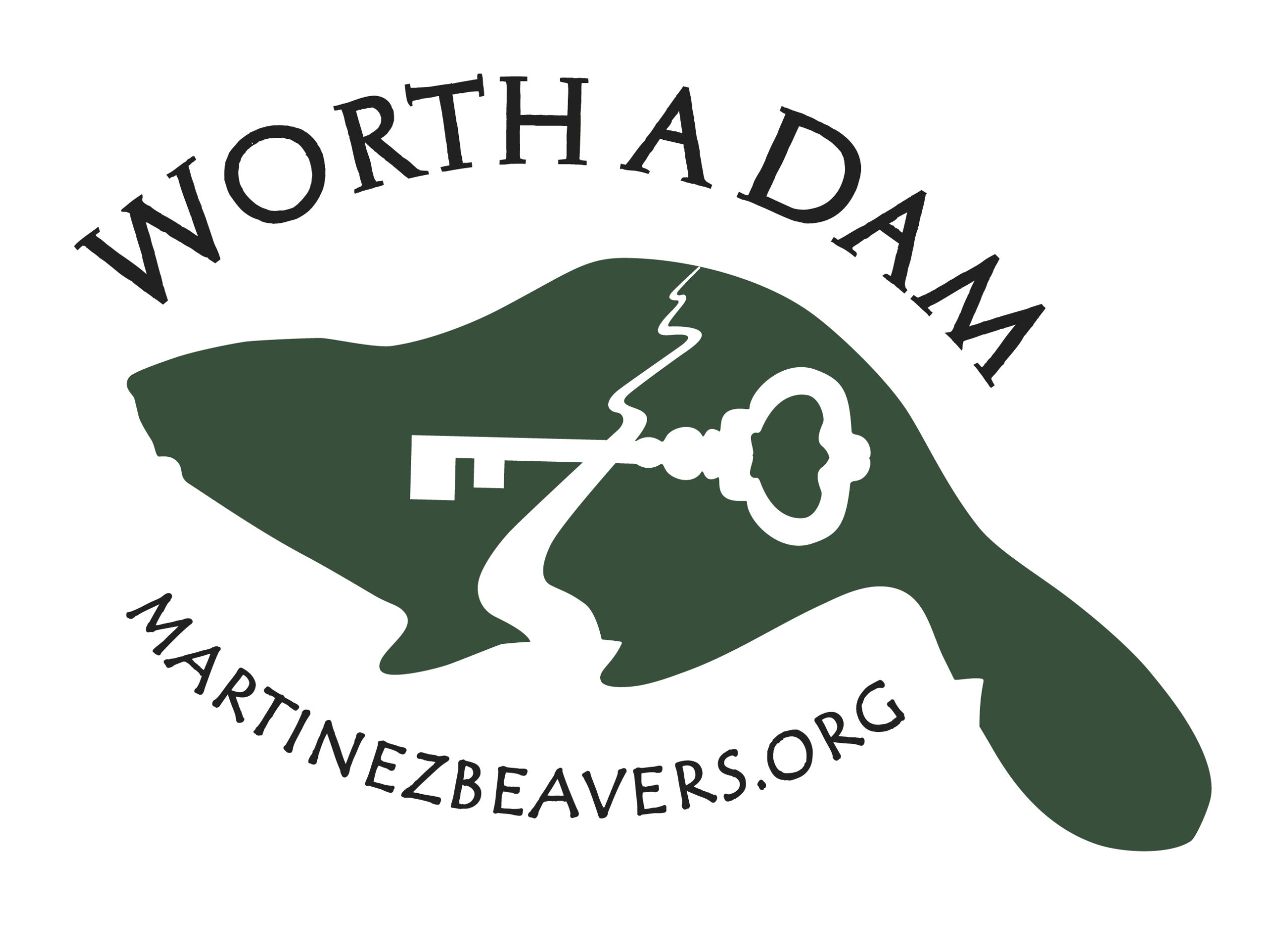


 Shorefront property owners are working with owners of the pond’s impoundment to seek a solution amid concern that reduced water level could affect wildlife, recreation and ecology and depress property values.
Shorefront property owners are working with owners of the pond’s impoundment to seek a solution amid concern that reduced water level could affect wildlife, recreation and ecology and depress property values. When Hicks and others brought their concerns to the Fayette Board of Selectmen, she said, they received sympathy but were told the board could do little because the impoundment was in neighboring Chesterville, which is in Franklin County.
When Hicks and others brought their concerns to the Fayette Board of Selectmen, she said, they received sympathy but were told the board could do little because the impoundment was in neighboring Chesterville, which is in Franklin County.





